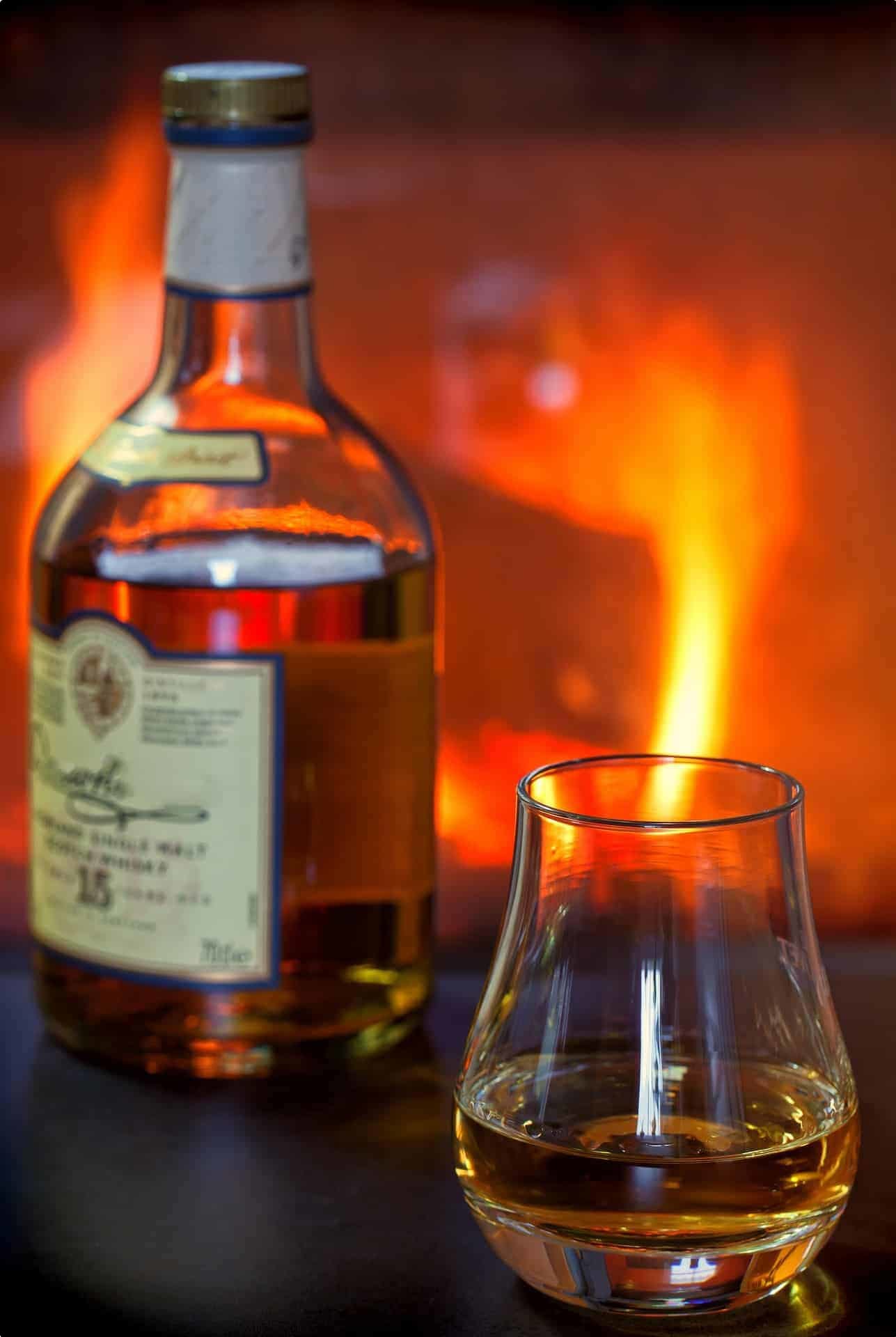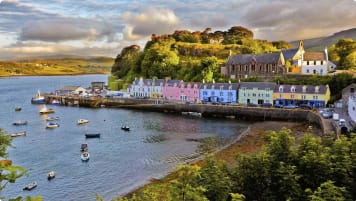Scotland & Scotch Whisky
Article for senior and mature solo and couples taking a small group tour of Scotland or the isles of Scotland including Iona, Orkney, inner and outer Hebrides to learn about the ancient history including standing stones to the industrial revolution.
5 Sep 18 · 6 mins read
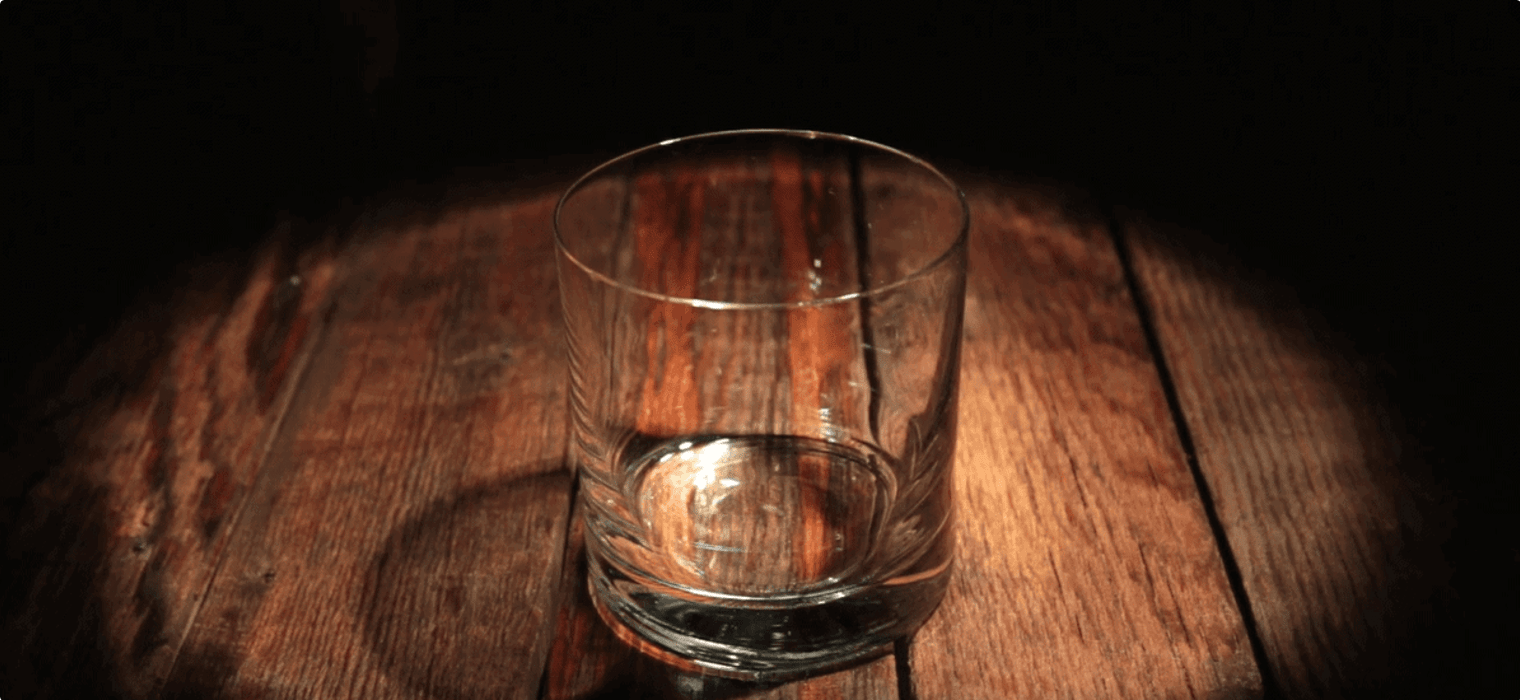
Scotland & Scotch Whisky
If you ever find yourself in Scotland, you’d be hard-pressed not to take a sip of Scotch whisky or consume it in some of Scotland’s local meals. Whisky appears to be everywhere in Scotland. This article gives a background on the value of Whisky and some of the history of this alcoholic drink.
The rest of the world is thirsty for this Scotland-made distilled spirit: in 2017, Scotch exports climbed nine percent to a record £4.36B (US$5.6B or AU$7.8B), roughly equivalent to 39 bottles being shipped overseas every second, according to the Scotch Whisky Association.
According to Rachel McCormack in Chasing the Dram: Finding the Spirit of Whisky (2017), there are five whisky-producing regions in Scotland:
- the Highlands,
- the Lowlands,
- Islay, on the Inner Hebrides,
- Campbeltown,
- and Speyside.
The industry directly employs 10,000 people, supporting 40,000 jobs across the United Kingdom, 7,000 of which are in rural areas, such as Scotland’s many islands, where other jobs may be hard to find. This makes whisky the third biggest industry in Scotland, behind energy and financial services. As of December 2017, there are 126 distilleries licensed to produce Scotland’s national drink.
Odyssey Traveller has several small-group tours to Scotland, including a special tour of the Scottish Isles with a whisky-drinking stop on the Isle of Skye. Click through to sign up for the tours, or read on to know more about the world’s favourite spirit.
The Scotch Whisky Regulations 2009
There is a specific UK regulation governing the production, labelling, and presentation of Scotch whisky—The Scotch Whisky Regulations 2009. To be Scotch Whisky, the spirit must mature in oak casks in Scotland for at least three years, though most are aged from eight to 20 years. (If you find a bottle of Scotch whisky without an age label, you are guaranteed by UK law that the whisky inside is at least three years old.)
According to law, there are five categories of Scotch whisky:
- Single Malt – the gold standard of Scotch, single malt is distilled at a single distillery from only water, yeast, and malted barley, without any other cereal grains added
- Single Grain – also distilled at a single distillery, but may have other grains or cereals (such as maize and wheat) along with malted barley
- Blended Scotch– a blend between one or more single grain and one or more single malt Scotch whiskies
- Blended Malt – a blend of more than one single malt Scotch whisky from more than one distillery
- Blended Grain – a blend of more than one single grain Scotch whisky from more than one distillery
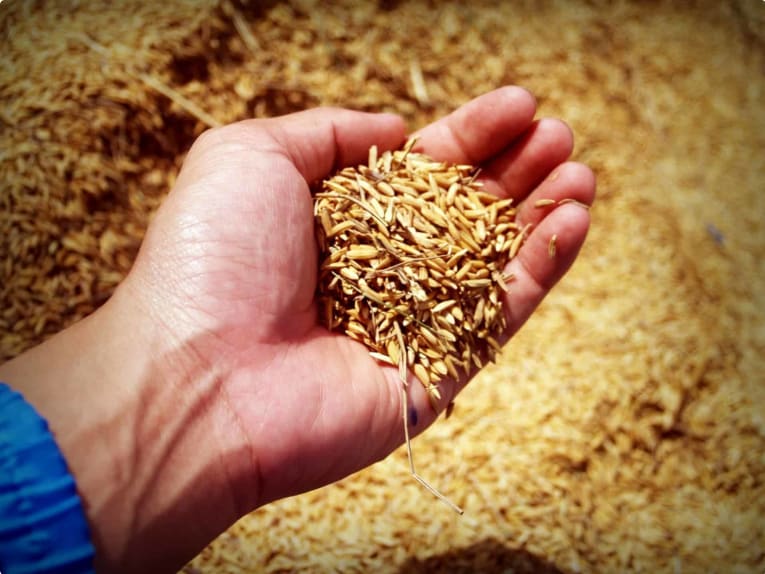
A blend will consist of anything from 15 to 50 different single whiskies, combined to produce a whisky with a unique flavour and character.
By law, the minimum bottling strength is 40% ABV (alcohol by volume). “Cask strength” whisky, or the whisky poured directly out of a cask without being diluted with water, can be as high as 63% ABV. (To compare, the ABV for beer is only 4.5% on average, and 11.6% for wine).
But how did Scotch whisky come to be?
“The Water of Life”
Distillation is the process of purifying a liquid through selective boiling and condensation. Historians still don’t know who first discovered this process, but evaporation was described by Aristotle in his 350 BC treatise, Meteorologica, in relation to purifying seawater.
Women were probably the first alchemists to use both evaporation and condensation during the early centuries AD. The development of the pot still, a distillation apparatus, is attributed to “Mary the Jewess” in the 4th century AD. In the 8th Century AD, Arabic polymath and alchemist Abu Musa Jabir ibn Hayyan designed the alembic pot still, which led to the effective distillation of alcoholic liquor.
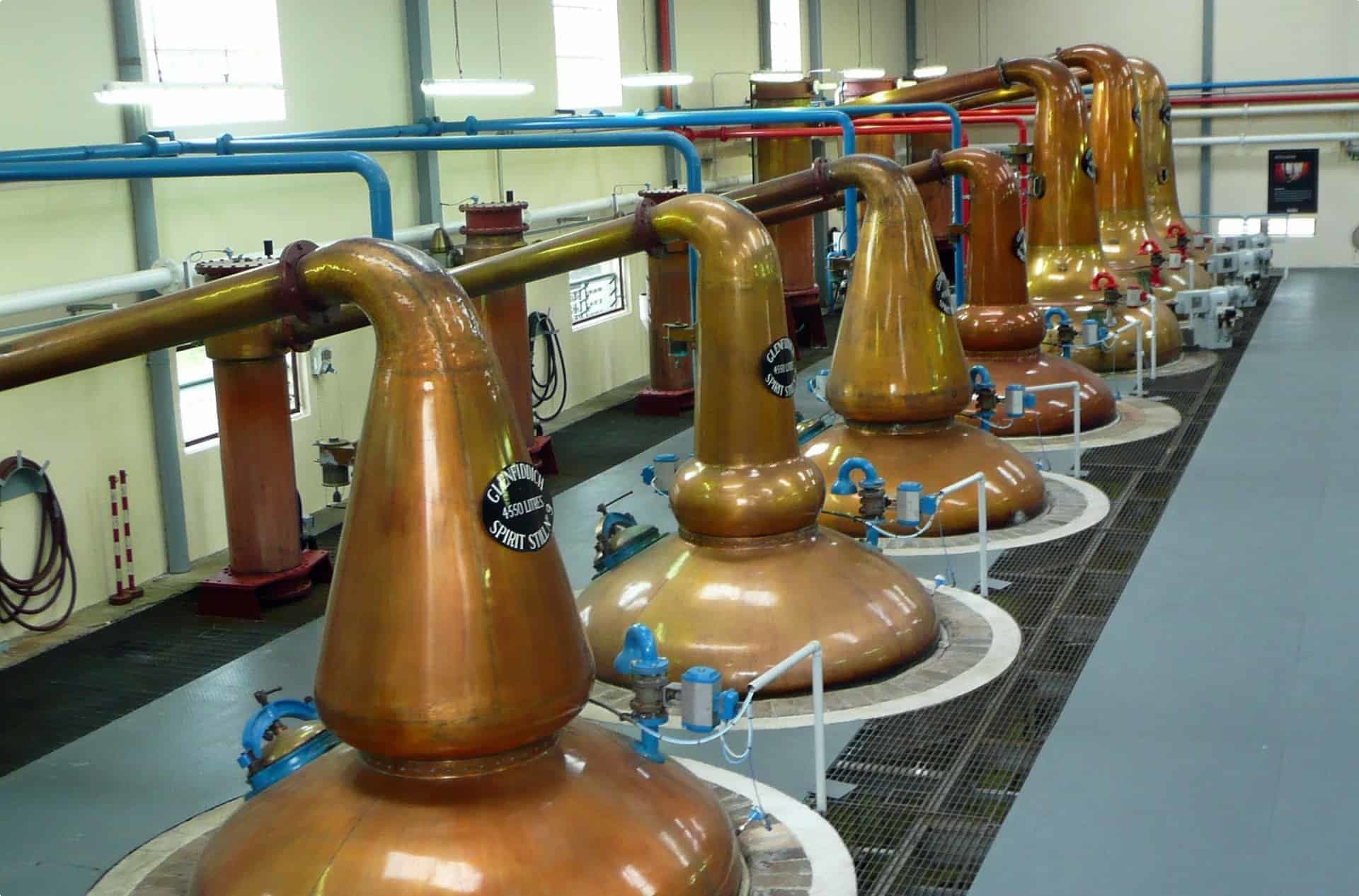
It is unsure how the art of spirit distillation reached Britain, but the Ancient Celts certainly used the process and gave a name to the liquid which invigorated them in the cold of winter—uisge beatha, “the water of life”. The Anglicised form “whisky” evolved from this original name.
The earliest documented record of distilling in Scotland appeared in the Exchequer Rolls (tax records) in 1494: “eight bolls of malt to Friar John Cor wherewith to make aqua vitae” (aqua vitae is Latin for “water of life”).
The “eight bolls of malt” (a “boll” is about six bushels, and one bushel is equivalent to 25.4 kilograms) could produce almost 1,500 bottles, suggesting that distilling was already a well-established practise or trade by the 15th Century.
Considerable advances in distilling whisky were made in the 16th to 17th century, following the dissolution of monasteries during the Reformation, after Henry VIII declared himself head of the Church of England. Cast out of their sanctuaries, the monks made good use of their distillation skills and spread the practise. Whisky at the time was imbibed for its medicinal qualities, but later became a feature of Scottish social life.
Whisky and Taxes
Its popularity caught the attention of the Scottish Parliament, which passed an Excise Act in 1644, taxing whisky production for the first time. In an effort to evade the excisemen, unlicensed distillers sprouted all over the kingdom, with illegal trade originating from the Highlands. Tax rates continued to increase until the Acts of Union in 1707, which united the Kingdoms of England and Scotland.
By 1777, there were about eight legal distilleries contributing to the revenue of the United Kingdom in Edinburgh—and 400 illegal ones.
In an effort to avoid the excise burden, smugglers were forced to be creative. Stills were cleverly hidden, with one location even channelling the smoke from an underground peat fire to a cottage chimney 70 yards away. Smugglers came up with signalling systems to warn one another whenever the excisemen were in the vicinity.
Smuggling became standard practice for the next 150 years, partly because Highland magistrates, on whose lands illicit distillers were producing the liquor, understood that revenue from the illegal trade allowed the distillers to pay their rent. One of these landowners was the Duke of Gordon, who proposed to the House of Lords to make the legal production of whisky profitable.
The Excise Act of 1823
In 1823, Parliament passed the Excise Act, sanctioning the distilling of whisky in return for a licence fee and a set payment per gallon. The Excise Act effectively killed smuggling and laid the foundation for the successful Scotch whisky industry we know today.
Two more important events contributed to the industry’s success: in 1831, Irishman Aeneas Coffey invented the Coffey Still, or the Column Still, which enabled a continuous process of distillation and led to the production of grain whisky, a less intense liquor than the malt whisky produced in copper pot stills.
The second event happened in the 1880s, when the phylloxera plague hit the French vineyards and wiped out the trade of wine and brandy. Buyers then turned to Scotch whisky to fill their cellars and their glasses.
Whisky Tourism
In 2003, Scotland launched ScotlandWhisky or the Scotch Whisky Tourism initiative, bringing together distilleries and the Scottish tourism and hospitality industry to offer unique experiences to travellers visiting Scotland. The initiative is supported by the Scotch Whisky Association, The Scotch Whisky Experience, Scottish Enterprise, Highlands & Islands Enterprise, and VisitScotland.
According to ScotchWhisky.com, whisky distilleries hit a record of 1.7M visits in 2017, with an average spend of £31 per person (US$40 or AU$55), versus £27 (US$35 or AU$48) in 2016. More than half of Scotland’s distilleries now have visitor centres dedicated to tourists and curious visitors who want to tour their facilities.
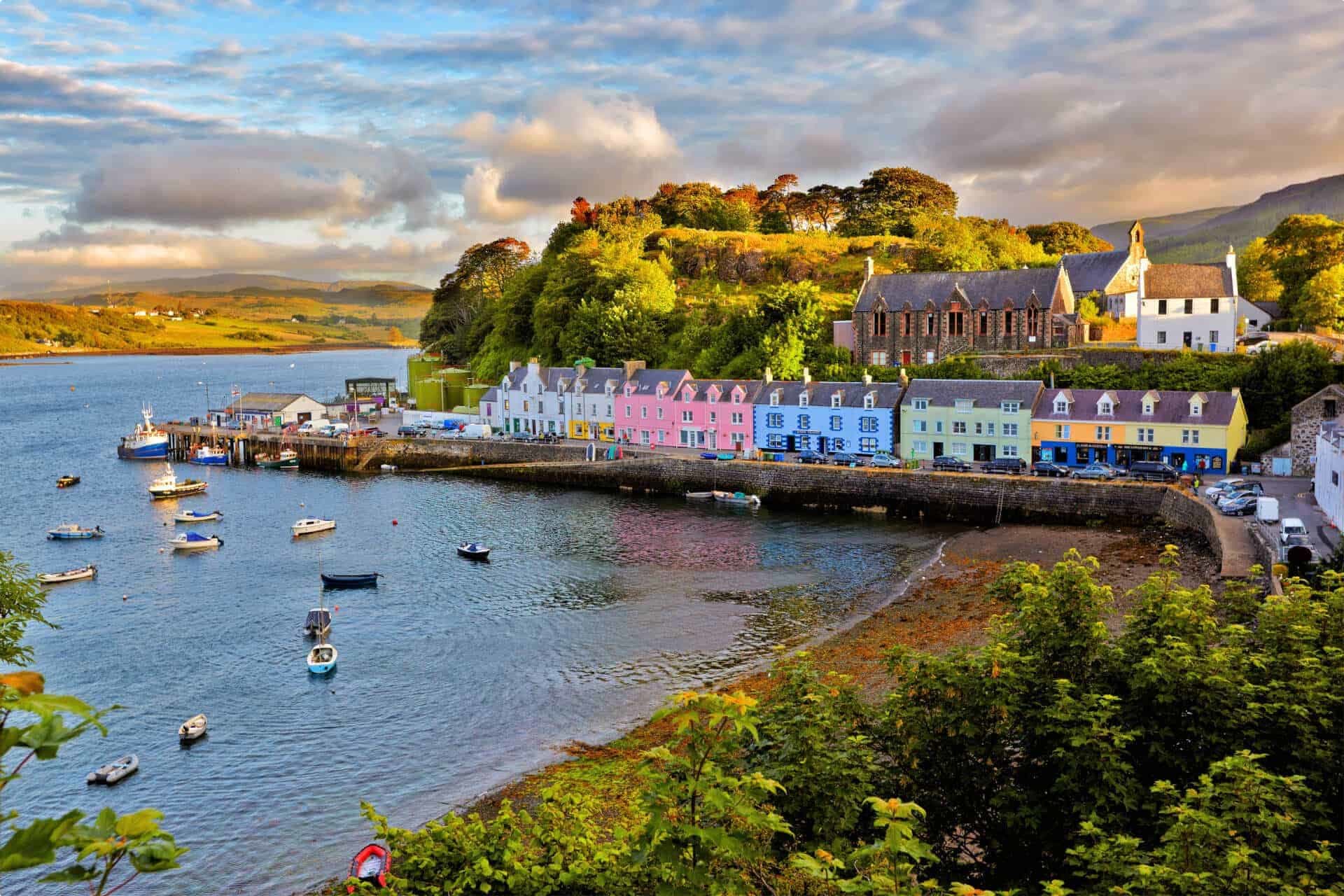
A whisky tour of the Isle of Skye and the Isle of Arran
Odyssey Traveller has a special tour of the Scottish Isles with a whisky-drinking stop on the Isle of Skye. The tour also has a stop on the Island of Arran. Click here to see the complete itinerary of the tour.
Both isles have their own distilleries. The oldest working distillery on the Isle of Skye is the Talisker Distillery on the shores of Loch Harport. It offers a tour of the distillery and a tasting tour of the different expressions of Talisker Single Malt.
The Isle of Arran has the Isle of Arran Distillery, the only working distillery on the island, which once housed many illicit stills on the Scottish west coast. The distillery also offers tours and tasting, and has a family-friendly restaurant called the CASKS Café for those who want to have coffee after all that whisky.
Tasting Scotch Whisky
The Scotch Whisky Association gives some helpful tips on how you can best enjoy your Scotch whisky.
Tulip versus tumbler. A tumbler is fine, but a tulip-shaped glass traps the aromas in the bottom and release them at the top of the glass—perfect for comparing whiskies by smell.
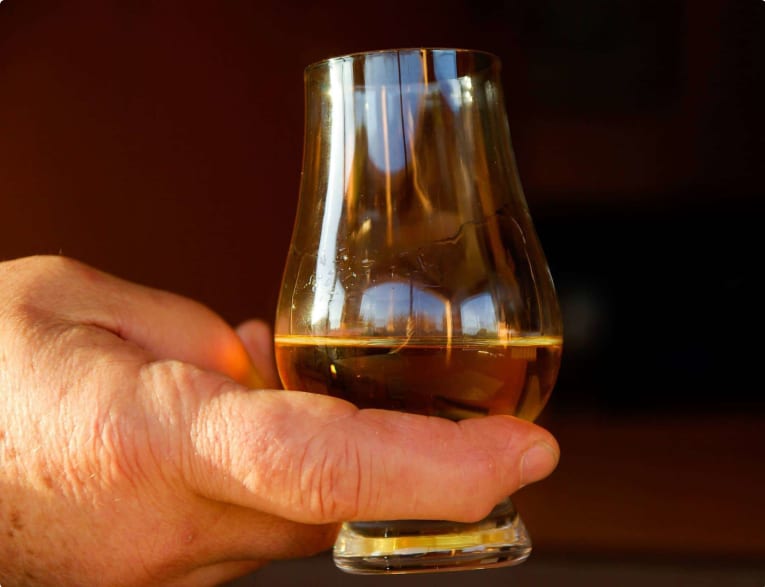
Colour me aged. The whisky colour comes from the wood of the cask, so a darker colour spirit means it is generally older. (A new-make spirit is as clear as water.)
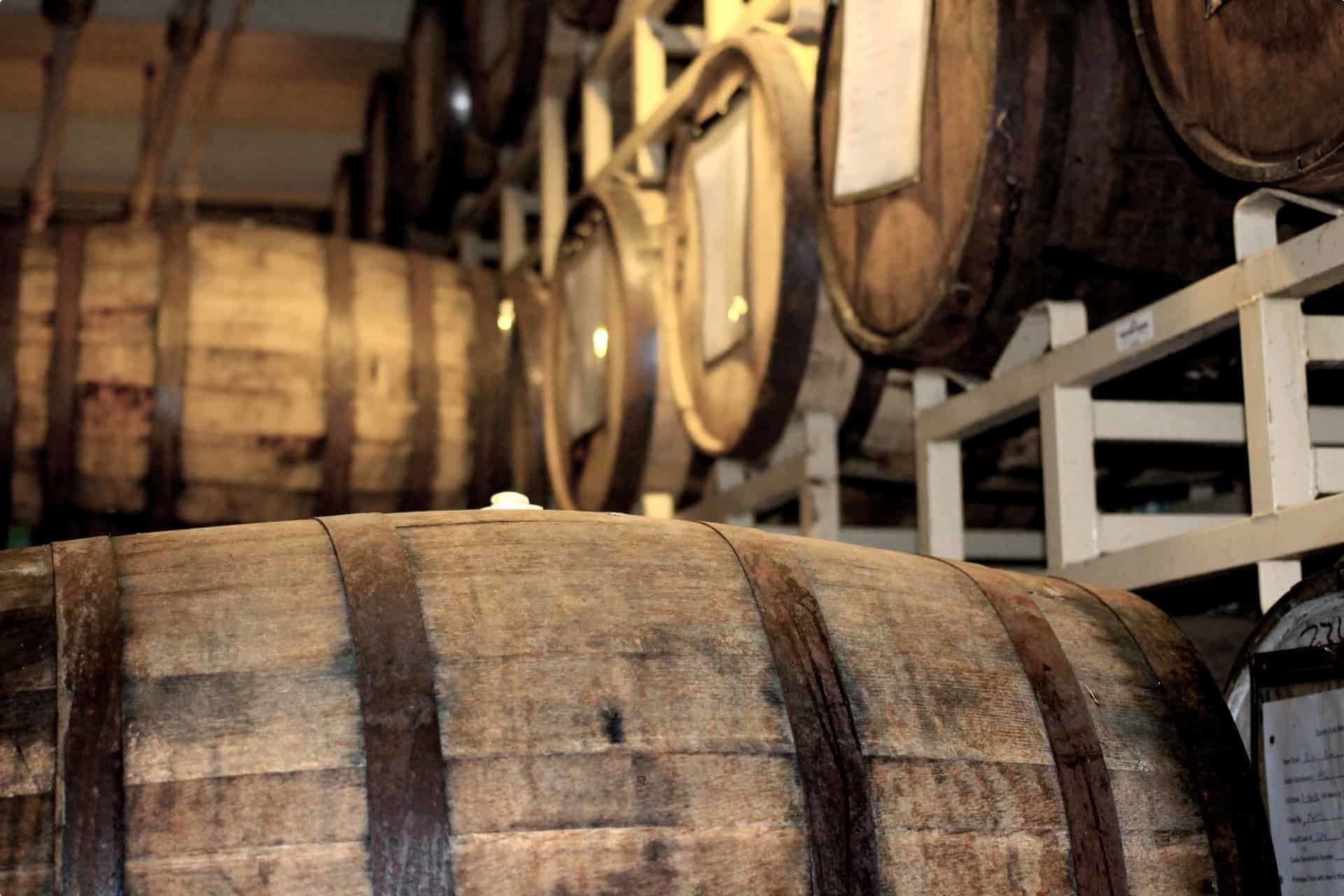
Whisky legs. The “legs” of the whisky is the drips on the inside of the glass after swirling the whisky around. If the “legs” are thin and run quickly down the side of the glass, it may be a younger or lighter whisky. If the liquid is viscous (with “legs” that are slow and thick), this means you have an older whisky in your glass.
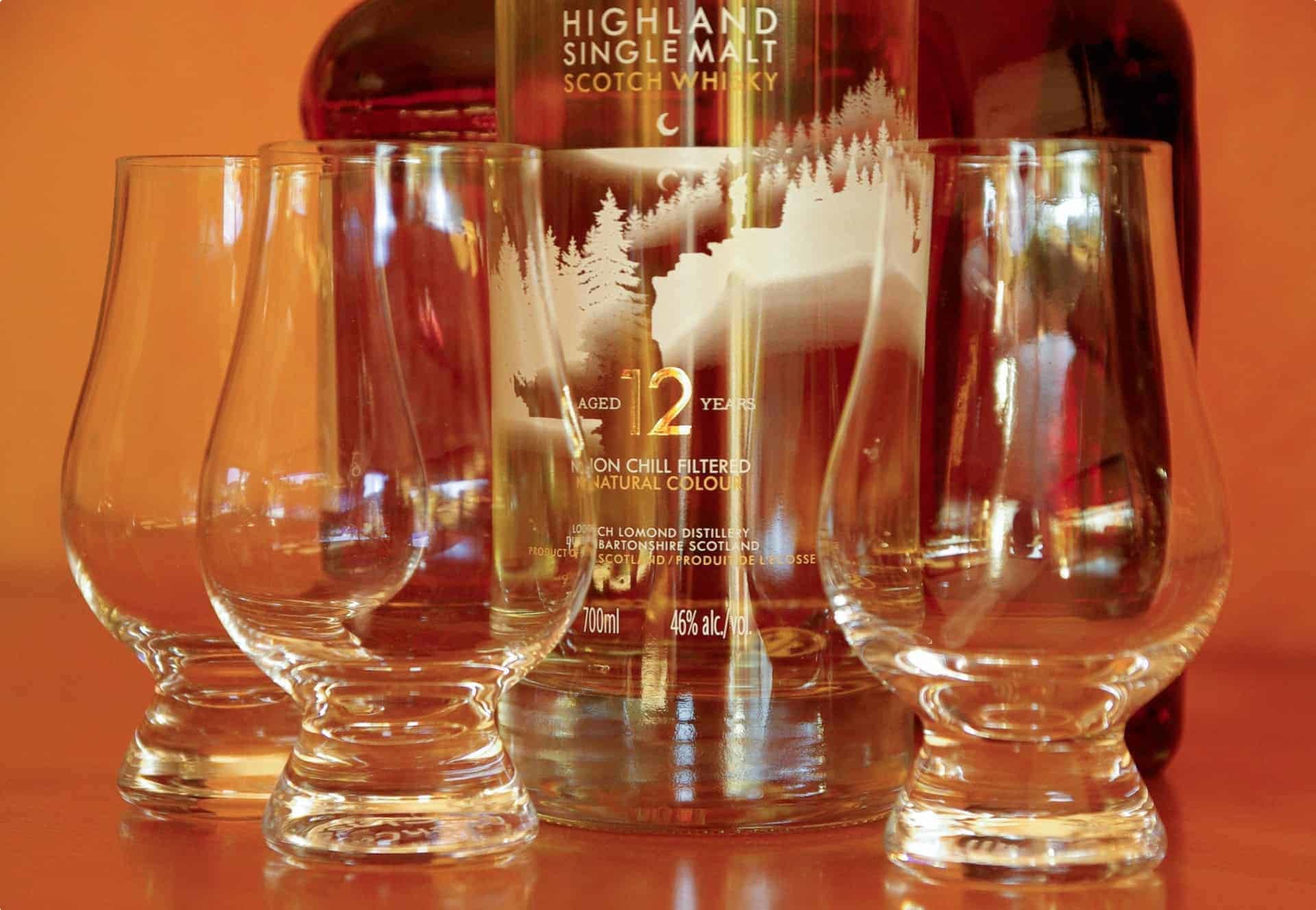
No matter how you prefer to enjoy your Scotch whisky, remember to drink responsibly. Have water available to reduce the alcohol content of your drink, hydrate, or to cleanse the palate in between whisky samples. Slàinte mhath!
If you’re not a drinker, no worries. The Scottish Isles have picturesque landscapes and a vivid history for you to discover. Hope to see you there!
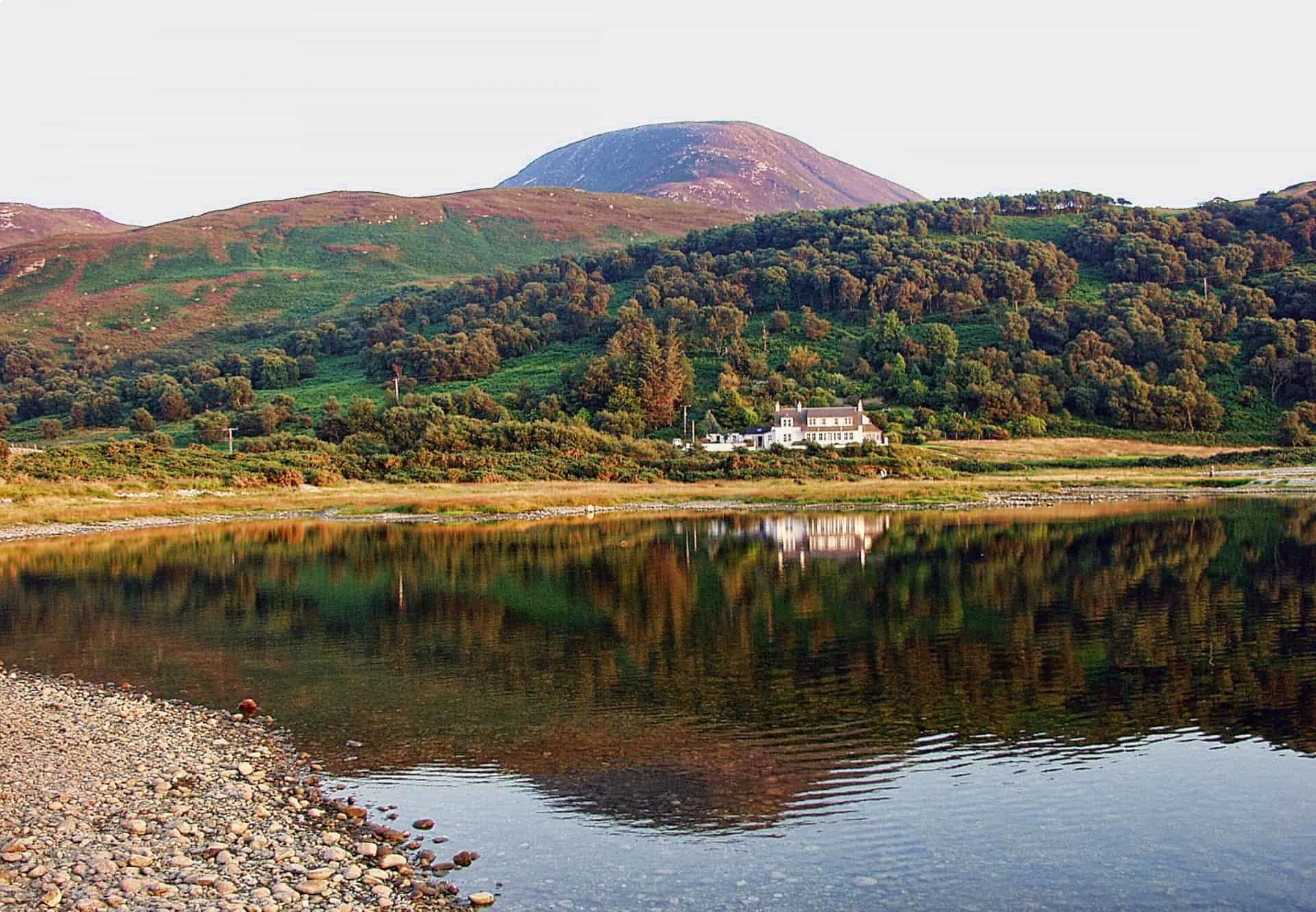
Updated July 2021.
Related Tours

19 days
JulWhisky and Other Scottish Wonders
Visiting Scotland
A guided small group tour of Scotland is a day tour collection that includes Edinburgh, the royal mile, Edinburgh castle, and the old town a UNESCO World heritage site Experience and learn about, Kellie castle, St Andrews, Skye, Balmoral castle, Loch Lomond and Loch Ness as well touring the Scottish highlands to finish in Glasgow.
From A$17,525 AUD
View Tour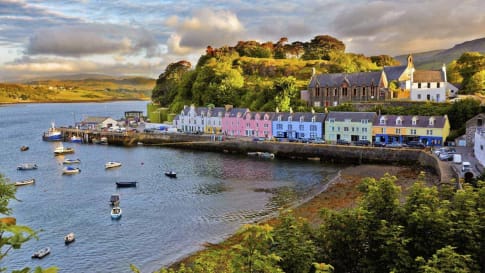
20 days
Jul, Sep, May, AugScottish Islands and Shetland small group tours for seniors
Visiting Scotland
An escorted small group tour for couples and solo travellers of the Scottish isles including the isle of Skye draws on local guides to share their knowledge of the destinations in this unique part of Scotland. UNESCO world heritage site are visited as breathtaking scenery and authentic experiences are shared in a group of like minded people on this guided tour of remote Scotland.
From A$16,695 AUD
View Tour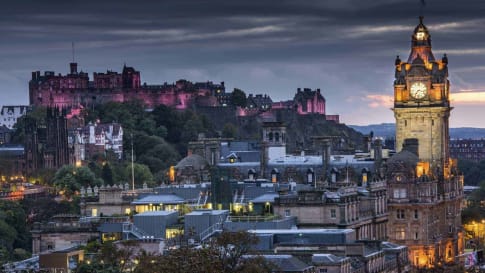
From A$15,995 AUD
View Tour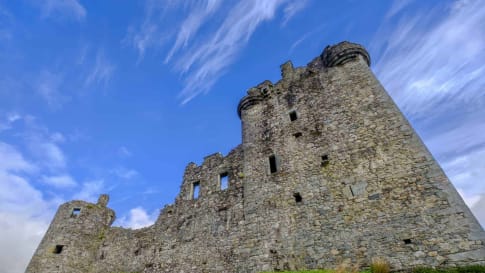
22 days
Jul, Sep, Jun, AugScotland small group tour | Tracing 5,000 years of history
Visiting Scotland
This guided tour of Scotland with a tour leader and local guides includes the isle of Skye, Orkney islands, the Scottish highlands with breathtaking scenery. Edinburgh including the royal mile, Palace of Holyroodhouse, Fort William, Urquhart castle, Stirling castle, loch lomond, Hadrians wall and New Lanark also a UNESCO World heritage site.
From A$15,995 AUD
View Tour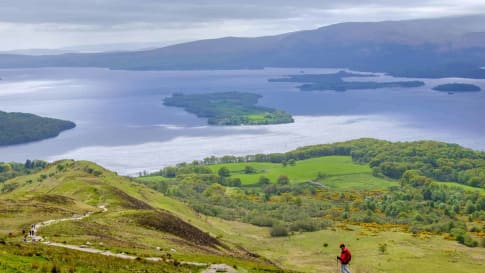
13 days
Jun, Aug, MayScotland's Great Trails Walking Tour
Visiting Scotland
An escorted walking tour of Scotland. This trip is mainly in the Scottish Highlands. Your tour leader guides you to Stirling Castle, Loch Lomond and Craignorms National park with experienced local guides. The tour for mature couples and solo travellers finishes in Edinburgh with time to visit Edinburgh Castle and the Royal mile a UNESCO World heritage site.
From A$11,560 AUD
View TourRelated Articles
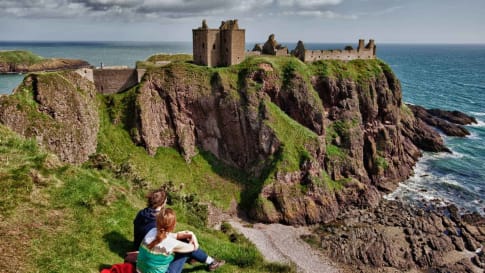
Aberdeen, Scotland
Aberdeen, article to assist senior couples and mature solo travellers learning about Scotland, its history and the islands of Skye and Orkney or the Whisky on a small group tour.

Edinburgh, Scotland
Article about the capital of Scotland, Edinburgh. Senior couple and mature solo travellers explore this city and Glasgow plus the Scottish isles in writing and on a small group tour with like minded people.

Fort William, Scotland
For mature solo travelers and senior couples interested in joining escorted small group tours to historic Scotland and/or the Scottish isles.
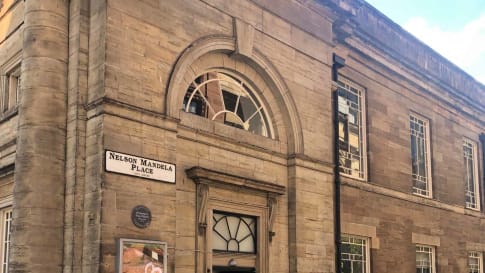
Glasgow; Nelson Mandela Place
How Glasgow stood with the South African Leader Against Apartheid as part of learning about Scotland before joining a small group tour for senior couples and mature solo travellers.
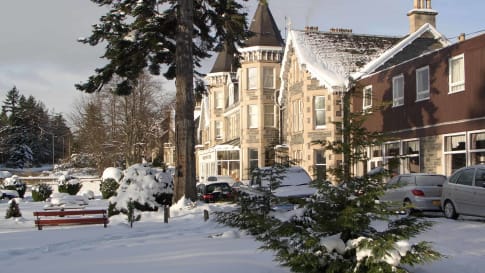
Grantown-on-Spey, Scotland
Article for senior couples and mature solo travellers seeking to learn about Scotland, the Highlands, the Scottish isles. As well as the history on an escorted small group tour.
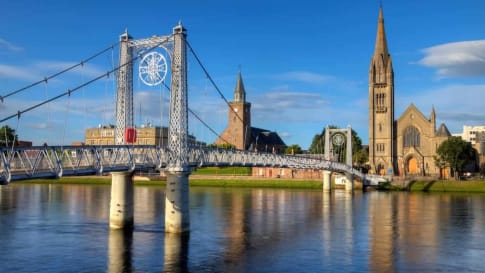
Inverness, Scotland
Article about Scotland's Inverness. A place for learning about Whisky, Loch Ness and more about the history of Scotland and the Scottish isles, for senior couples and mature solo travellers on a small group tour.
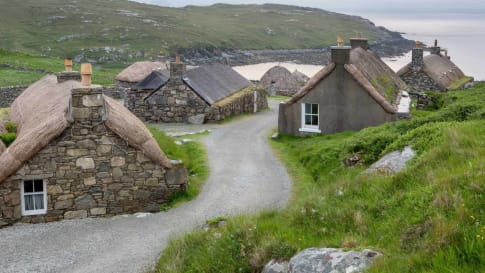
Islands of the Outer Hebrides: The Definitive Guide for Travellers
Scotland's Outer Hebrides are discussed in this article to assist the mature solo and couple in planning to visit Scotland and the British isles on a small group tour.

Oban, Scotland
Article about Oban for senior couples and mature solo travellers on an escorted small group tour to Scotland and the Scottish isles. Learn about Scottish history, whisky and the landscapes complete with standing stones.
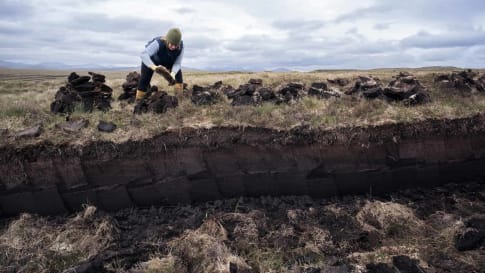
Peat and Scotland
Article about Peat, a historically important organic product for fuel and making whisky. Read and learn more about Scotland, its history, the islands and neolithic past before joining a small group tour for senior couples and mature solo travellers.
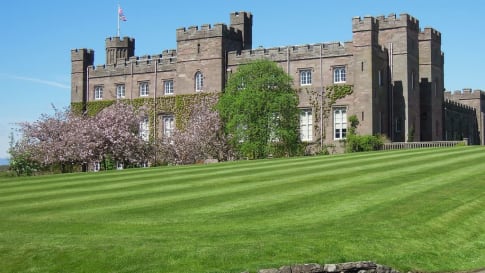
Perth, Scotland
Article about Perth for mature travellers includes references to Scotland and the Scottish isles. Small group tours for senior couples and solo travellers that include Perth, Edinburgh, Glasgow to support your travel plans.
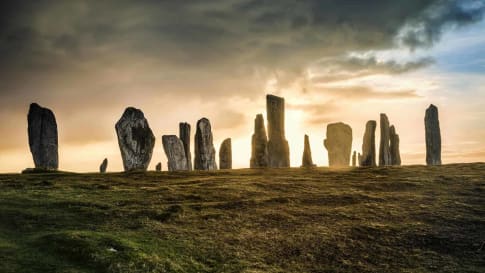
Questions about Scotland for senior travellers.
Enjoy a small group tour of Scotland. Off the beaten track, for curious senior travellers about history, culture and landscapes. For mature couples and solo travellers. Explore the Orkney Islands, the Hebrides, Skara Brae whilst touring the Scottish isles.
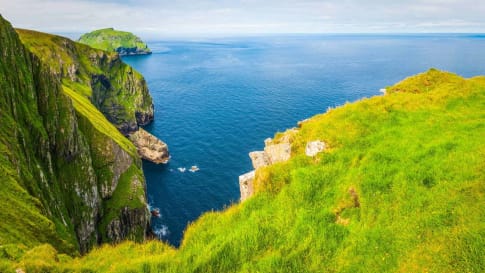
Questions about the Outer Hebrides, Scotland for senior travellers.
Explore and learn about on a Seniors small group tour of the Orkney Islands and other Scottish islands. Learn about the pastoral, cultural and historic settlement of the islands including Skara brae.
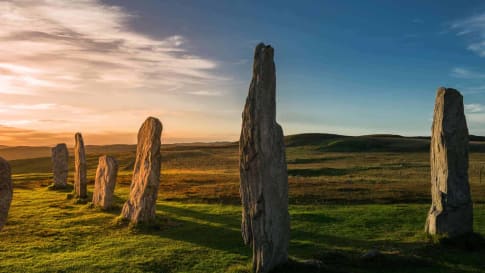
Shetland Islands Discovered: The Definitive Guide for Travellers
Article for senior and mature travellers, couples or solo travelers, interested in visiting the Shetland isles of Scotland. Explore on a small group tour to learn about the Bronze age, standing stones, peat and whisky and more when visiting the Scottish isles.
